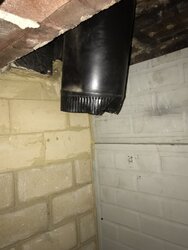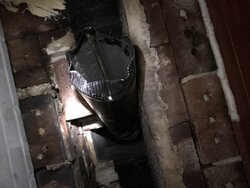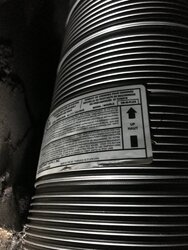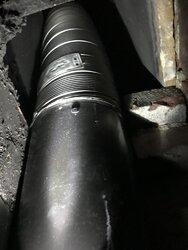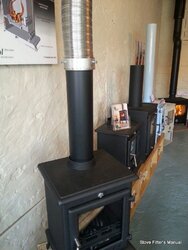kennyp2339
Minister of Fire
Your best bet is to either get a true stove top thermometer or an IR gun that can read up to 1000-1200 deg, many cheaper ones stop at 800 deg.
Run the stove between 500 - 650 deg for optimum burn, now I don't know what you have done in the past, but you will need dry wood, wood that's measured under 20% moisture content on a freshly split face, anything over 20% is just going to give you a hassle, dirty up the chimney, cause low heat.
As I enter my 9th season of heating with wood, its becoming clearer and clearer to me that no matter the stove, your wood supply is prob the most important thing when heating with wood.
Run the stove between 500 - 650 deg for optimum burn, now I don't know what you have done in the past, but you will need dry wood, wood that's measured under 20% moisture content on a freshly split face, anything over 20% is just going to give you a hassle, dirty up the chimney, cause low heat.
As I enter my 9th season of heating with wood, its becoming clearer and clearer to me that no matter the stove, your wood supply is prob the most important thing when heating with wood.


 I did read the online copy a couple of times while the stove was in transit, but I failed to read the damn thing with the stove sitting right next to me
I did read the online copy a couple of times while the stove was in transit, but I failed to read the damn thing with the stove sitting right next to me
